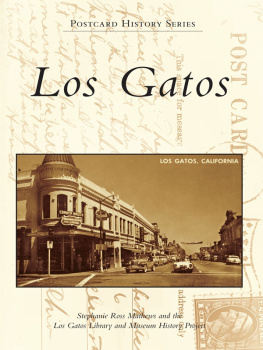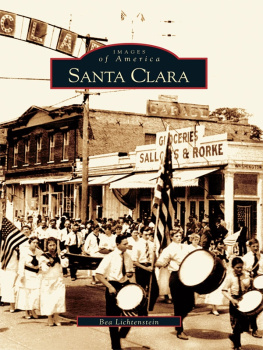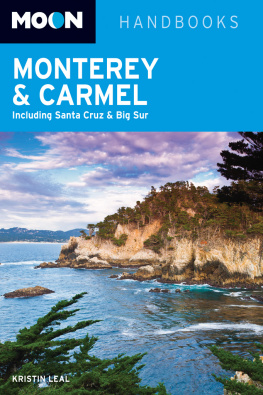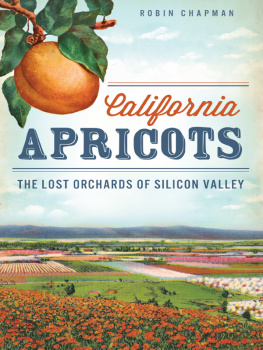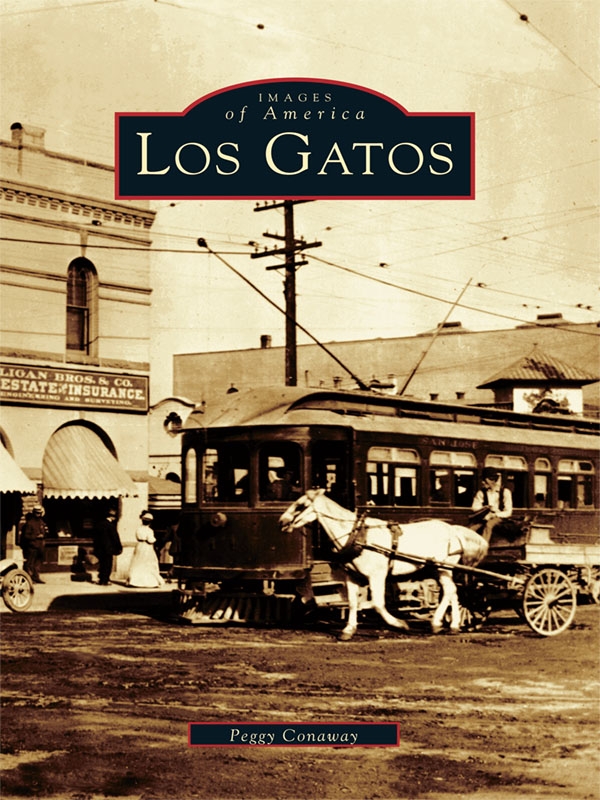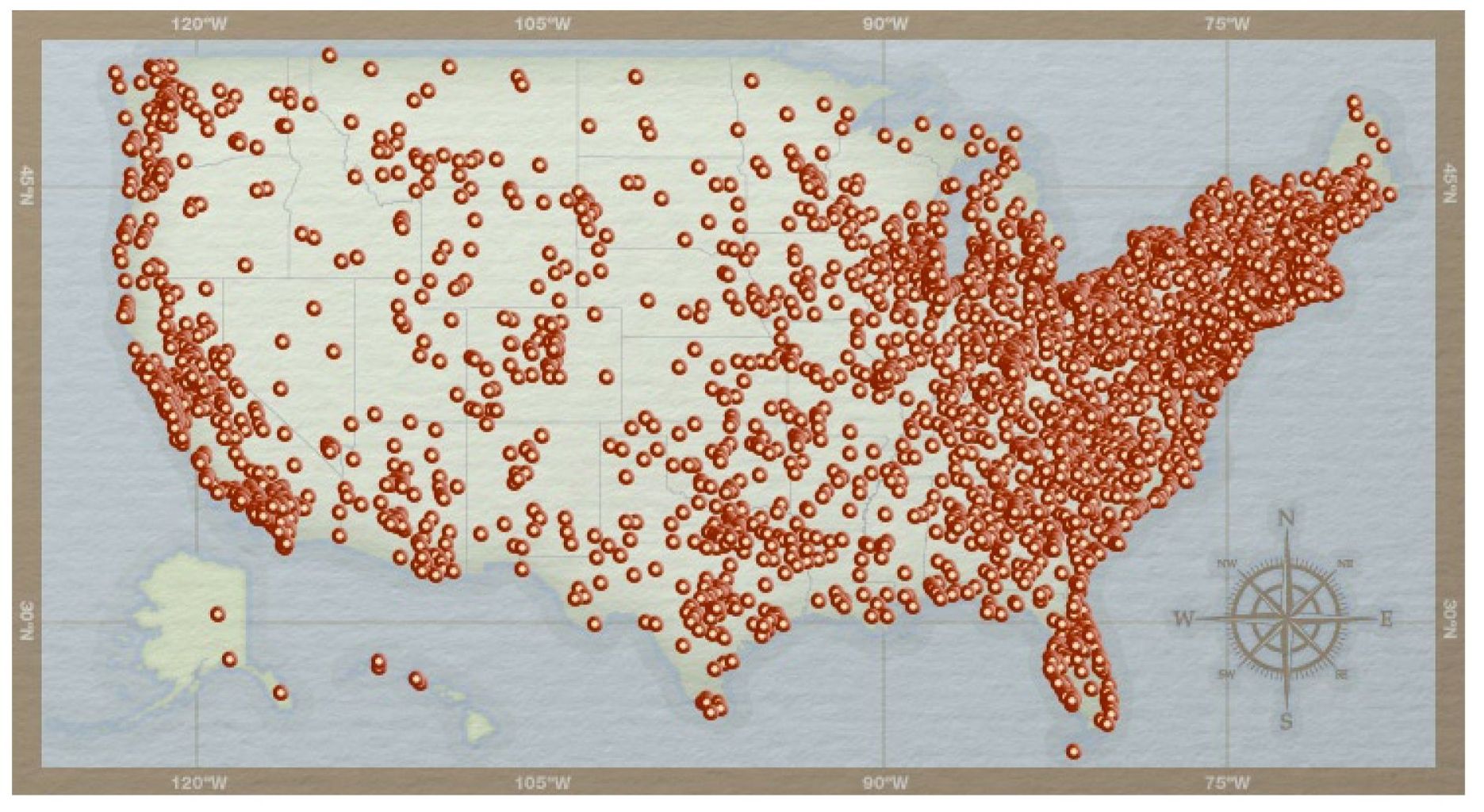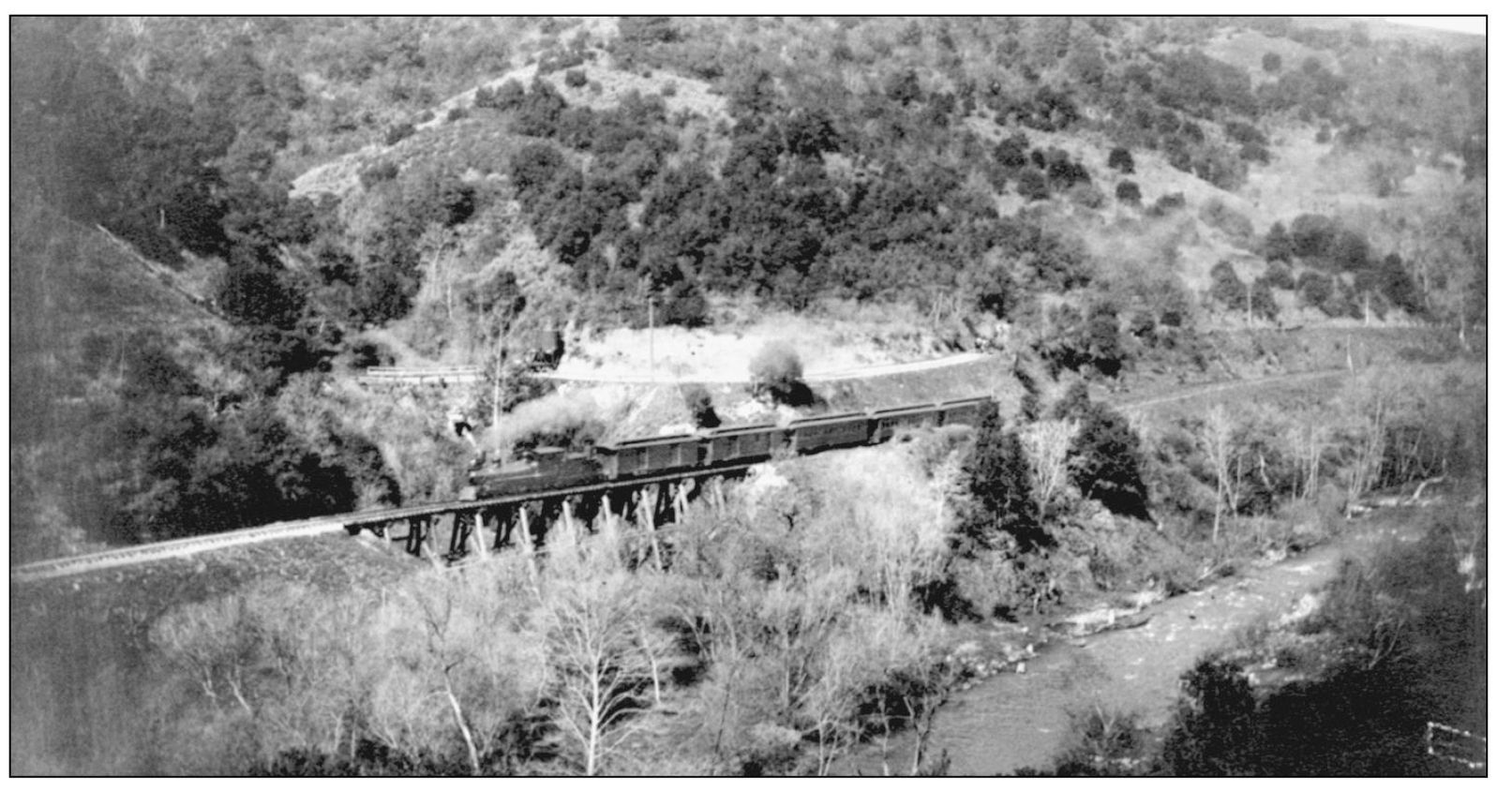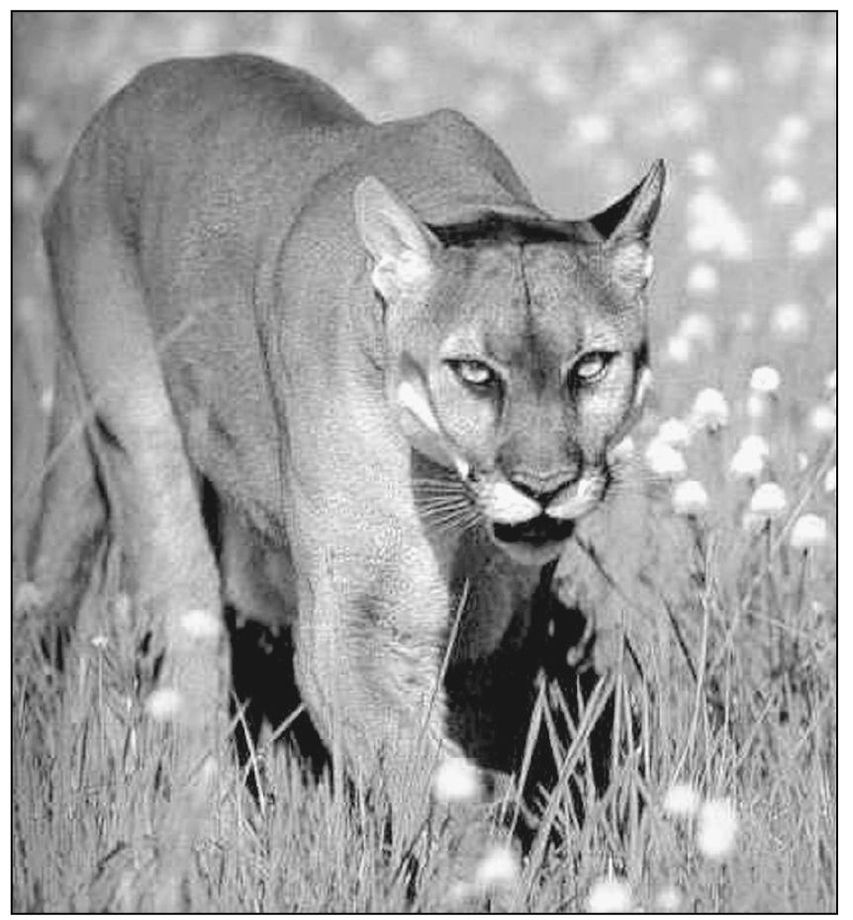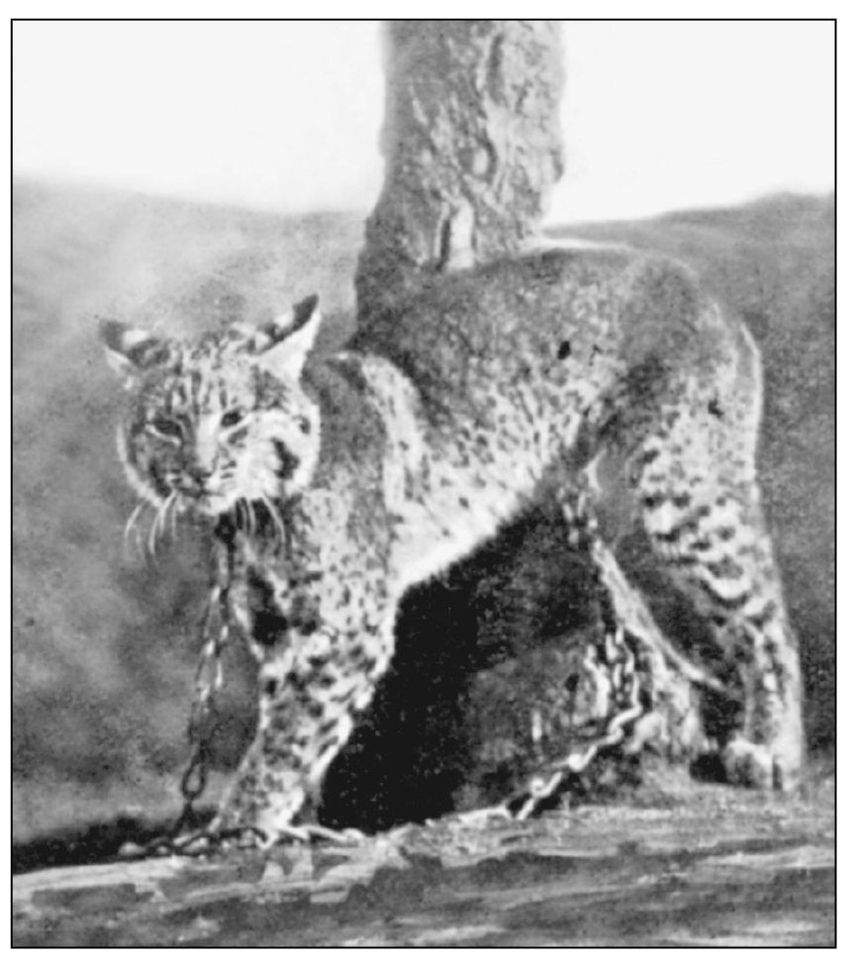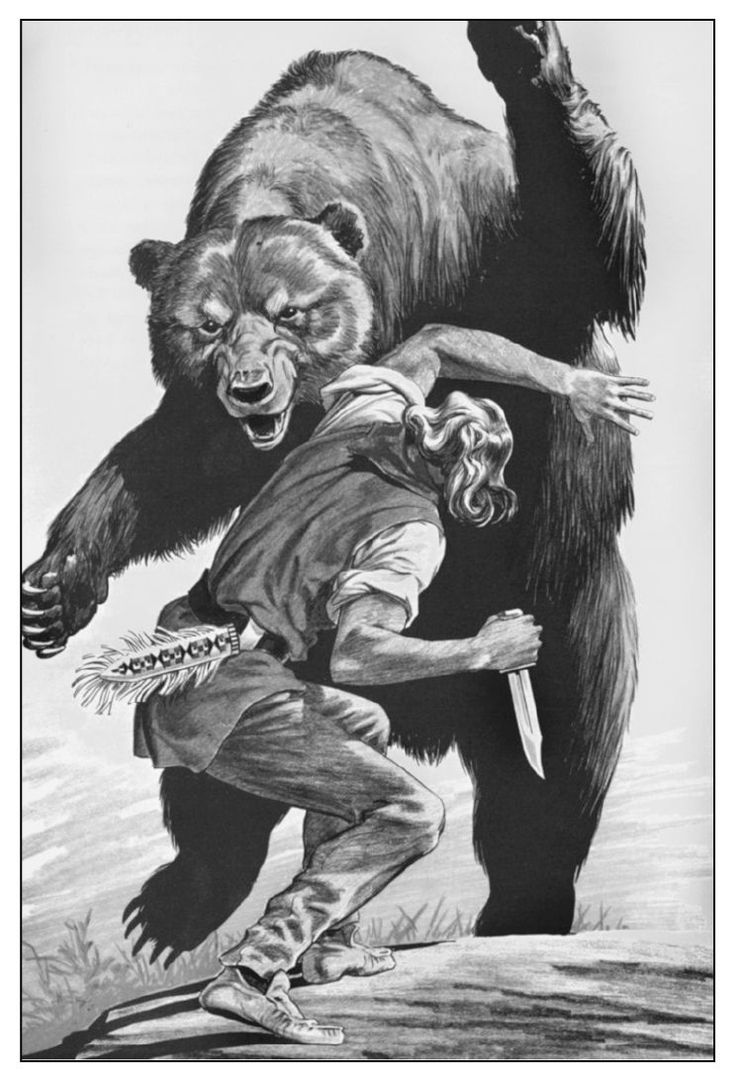ACKNOWLEDGMENTS
The wealth of Los Gatos historic primary source materials that have survived is enough to make any librarian glad. Many people helped me locate and weave those materials into this book.
Descendants of Los Gatos pioneer families generously shared photographs, letters, and essays from their private collections. My sincere thanks to Bruce Franks, who grew up in Los Gatos and on the family ranch just south of town, and who was part of the fire service in central California for more than 50 years. Three great-great-grandsons of early settlers provided invaluable materials. Frank Burrell had the oil portrayal of his ancestor Lyman Burrell restored in order for us to capture a clear image. He also loaned us letters written by Clarissa Wright Burrell dating from 1837. Stan Chinchen, whose ancestor is John Bean, lent photos and a detailed family history. David M. Shuman is descended from William C. Shore, whose picnic grounds were on the land where Highway 17 now runs. He worked with his mother, Elayne Shore Shuman, to gather family photos and news clippings that have been lovingly preserved. Barbara Gibson Baggerly lent me her scrapbook from the 1940 Trail Days pageant and celebration, and shared memories of her late husband John and his family. Bill Wulf, town historian extraordinaire, shared rare Los Gatos images from his lifetime collection and answered endless inquiries. I thank local historian Patricia A. Dunning for her discerning eye for detail and excellent counsel.
My fellow librarians were ever generous in their collaboration. At San Jose Public Library, Bob Johnson helped me mine the rich resources of the California Room. Brian Fowler, my longtime colleague and dear friend, located lengthy contemporary news accounts of the 1883 hanging from the Main Street Bridge, information that had disappeared into the mists of time and lived only as uncertain rumor or legend. Rita Torres helped me with Spanish-language questions. Jean Nelson, a retired school librarian, helped locate descendants from the Bean family. Dr. Kevin Starr, State Librarian Emeritus and preeminent California historian, took time from his intensely busy schedule to write the introduction to this book, providing fascinating insights into the place of Los Gatos in California history.
Paul Kopach, our local history librarian, assisted me throughout this process, and the book would not exist without his efforts. I greatly appreciate Pauls dedication and hard work and that of our core of talented volunteers: Egon Jensen, Lyn Dougherty, Frank Gualtieri, Doris Keh, Dudley Warner, Io Berreitter, and Robby Morris. A heartfelt thank you to Los Gatos Library staff who helped with the project: Linda Dydo, Maureen Roll, Shirley Skellenger, Diane Otter, Judi Snyder, Sue Anderson, and Jan Robinson. Retired Captain Duino Giordano and Detective Sergeant Mike Barbieri of the Los GatosMonte Sereno Police Department shared photographs and memories. I thank Town Manager Debra Figone for her support and willingness to let me spread my wings. And special thanks to former mayor and current Councilwoman Sandy Decker. When Ruth Comfort Mitchell wrote I yield to no one in my devotion to Los Gatos, she had not met Sandy, who would have been her match.
Laura Bajuk, delightful colleague and executive director of the Los Gatos Museum Association, is my partner in our efforts to preserve Los Gatos history. Library board members provided enthusiastic support: Karl Pearson, Rita Baum, Dale Hill, Kathy Cusick, and Kitty King. Dr. Robert Morris, representing IBM Corporation, and the members of the Los Gatos Lions Club donated funding and equipment. Many others helped to make this book possible: Sara Morabito and the History Club of Los Gatos, longtime Los Gatos antique dealer Shirley Henderson, Rob and Diana Jensen from Testarossa Vineyards, Dick Sparrer and Mary Ann Cook from the Los Gatos Weekly Times , Chris Miller and the Los Gatos Union School District, Bill Cilker and Beatrice Cilker Hubbard, Dr. Susan Shillinglaw at The Center for Steinbeck Studies, Charlene Duval of the Sourisseau Academy, The Friends of Los Gatos Library, and Marla Novo at the Museums of Art and History, Santa Cruz. And one last thank you to my friend Harry Farrell, longtime San Jose newsman and award-winning author, for advice and assistance.
Find more books like this at
www.imagesofamerica.com
Search for your hometown history, your old
stomping grounds, and even your favorite sports team.
One
OUT WEST
We are the pioneers of the world; the advance-guard, sent on through the wilderness of untried things, to break a new path in the New World that is ours.
Herman Melville
IN THE CORNER OF THE CATS. Unearthly screams of mountain lions by moonlight, horses galloping and neighing, whips cracking, oxen pulling wood in groaning wagons, grunts, curses, oaths, greetings, farewells, coaches rumbling and creaking, chuff of steam engines, lonesome whistles, clatter of rails, rush of water over stonethese were the sounds of Cats Canyon, pictured here in the 1890s. A South Pacific Coast Railroad narrow-gauge train is heading south out of Los Gatos, on its way to Santa Cruz and the Pacific Ocean, 22 miles away. The old unpaved road to Santa Cruz is on the left, and Los Gatos Creek is on the right. (Courtesy of William A. Wulf.)
FELIS CONCOLOR. The imposing mountain range between Los Gatos and Santa Cruz has always been prime mountain lion country. Solitary and strongly territorial mountain lions require isolated and game-rich wilderness. Six people have been killed by mountain lions in California since 1890. However sightings of the big cats are fairly common and have increased in recent years as humans crowd into the states wildlands.
URSUS ARCTOS HORRIBLITS. Grizzly bears were common in the Santa Cruz Mountains until the middle of the 19th century, but disappeared before 1900. Bears were hunted both for sport and to eliminate the danger they posed. A grizzly can grow to massive dimensions, weighing between 300 and 850 pounds and standing 7 to 9 feet tall on powerful rear legs, as shown in this 1958 illustration by Lee Ames, from the book Hoofs, Claws and Antlers: The Story of American Big Game Animals.
FELIS RUFUS. This popular Los Gatos postcard of a captive bobcat was published c. 1900. Deer, coyote, foxes, and many types of smaller game also populated the landscape. They shared local terrain with the Ohlone Indians, the Spanish explorers who first arrived in 1769, the Franciscan missionary padres who arrived in 1777, and the Californios, Spanish-speaking people who settled on ranchos offered free to Mexican citizens willing to apply for them. Opportunities for wealth and prosperity would soon bring Yankee homesteaders, and at the end of the Mexican War (18461848), California belonged to the United States.



